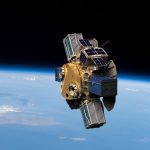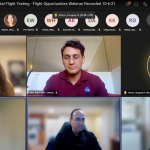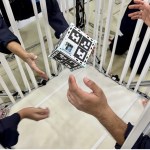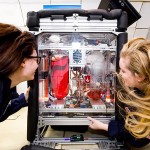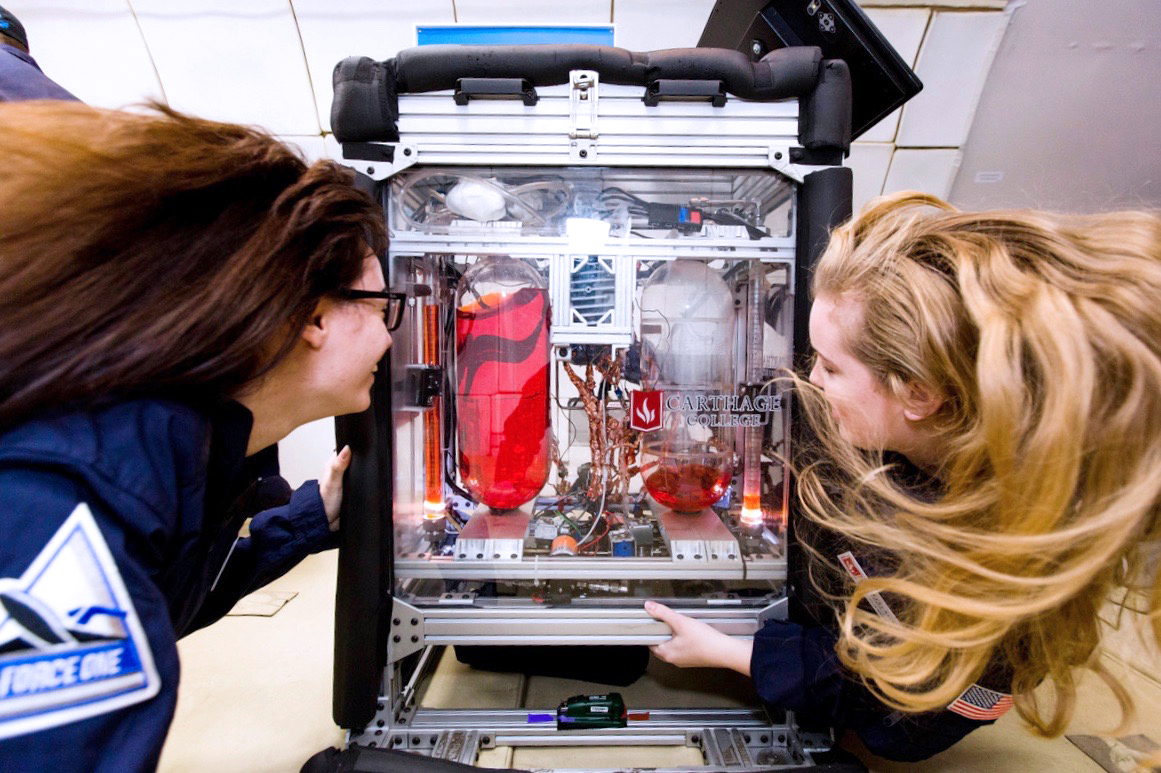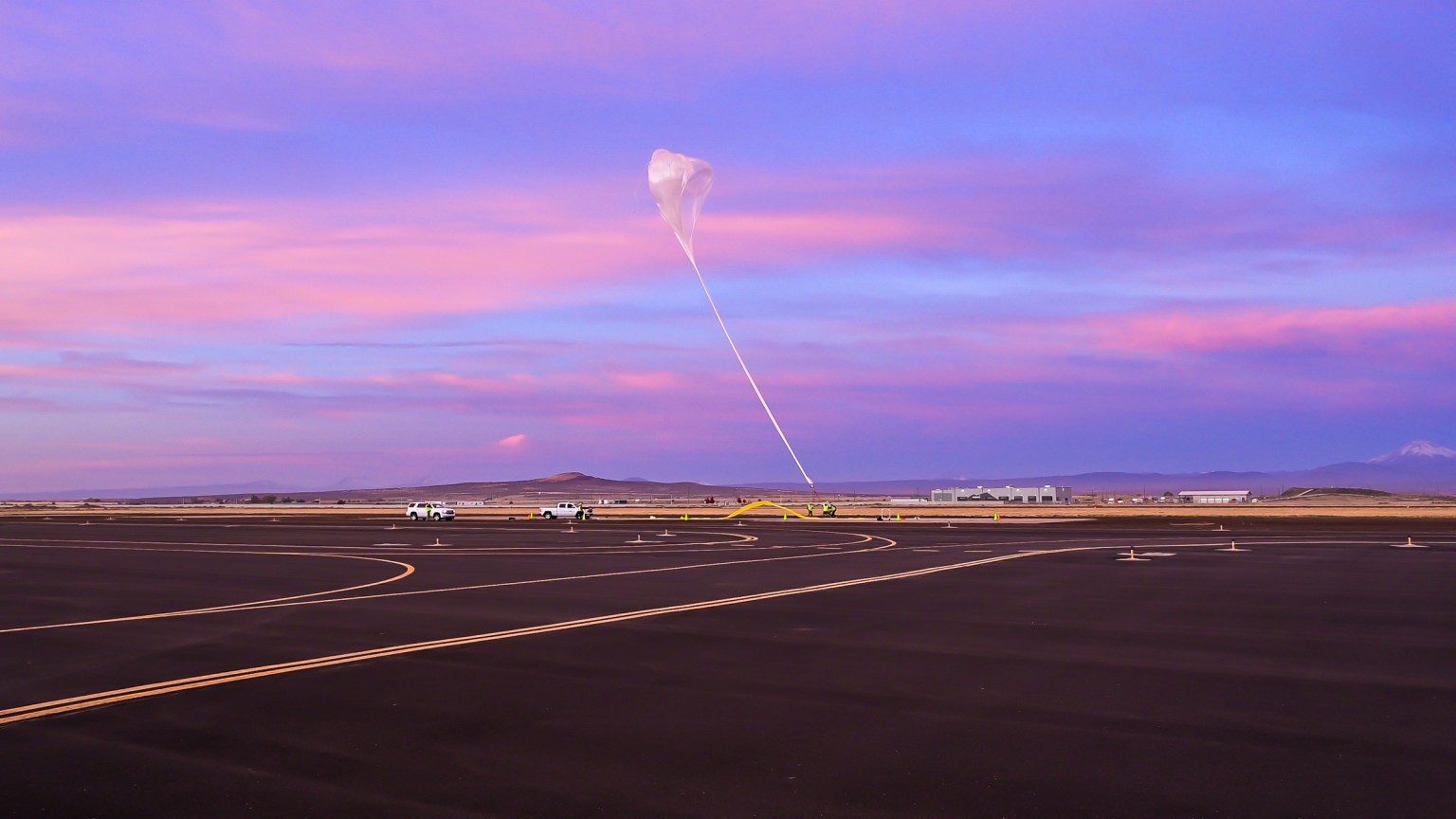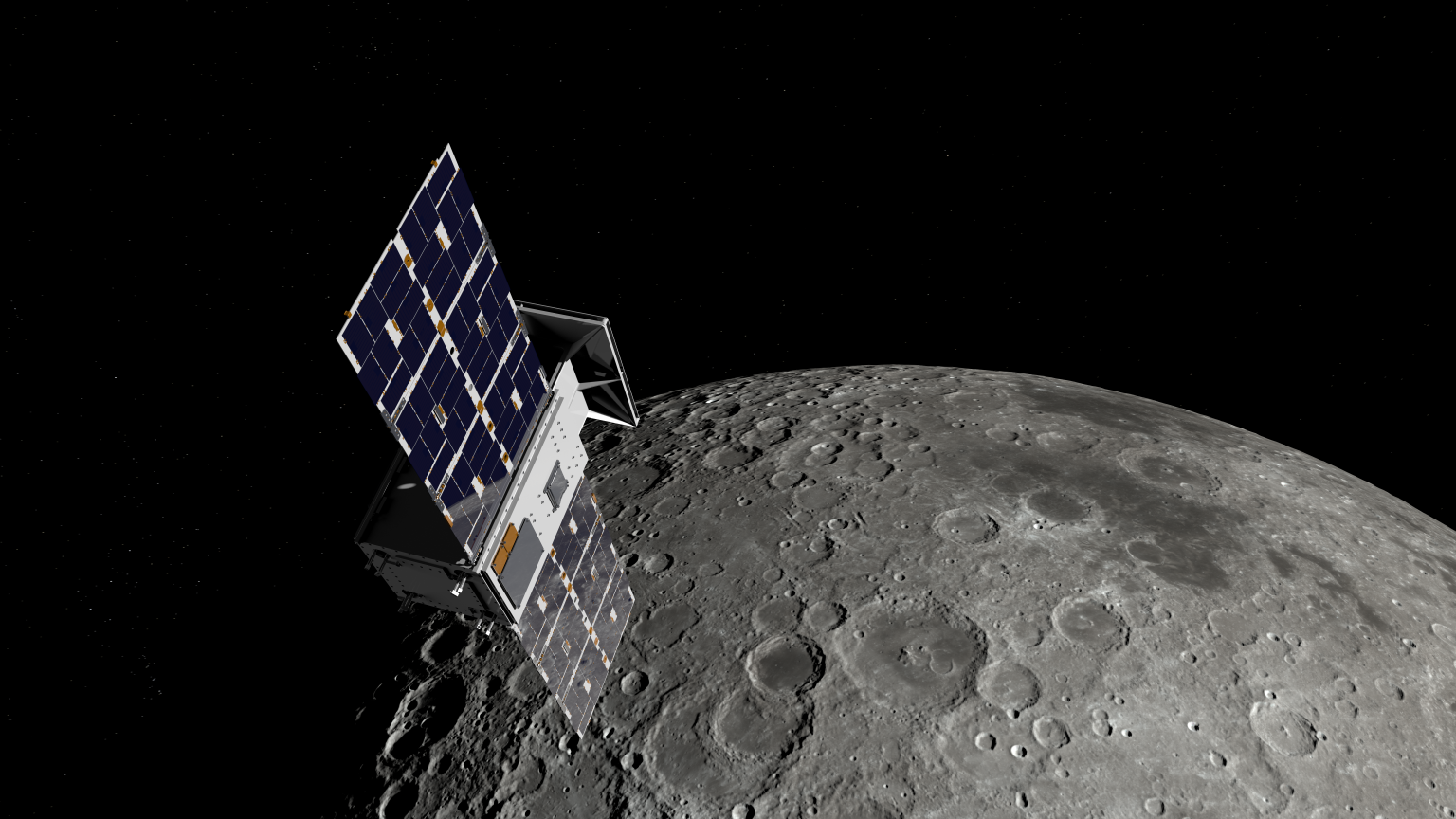FLIGHT OPPORTUNITIES COMMUNITY OF PRACTICE WEBINAR
From the Mojave Desert to the Jezero Crater: Lander Vision for Mars Perseverance
Speakers:
- Andrew Johnson, Ph.D., NASA’s Jet Propulsion Laboratory
- Behçet Açikmeşe, Ph.D., University of Washington
- Christopher Baker, NASA Flight Opportunities and Small Spacecraft Technology
June 2, 2021
Abstract
On February 18, 2021, the world watched as NASA’s Perseverance rover safely touched down at the Jezero Crater on Mars. In this month’s webinar, Dr. Andrew Johnson of NASA’s Jet Propulsion Laboratory and University of Washington Professor Dr. Behçet Açikmeşe will share how extensive testing through Flight Opportunities matured the guidance, navigation, and control technology necessary to manage the landing site’s rough terrain and crater walls. They will be joined by Christopher Baker, program executive for both Flight Opportunities and the Small Spacecraft Technology program, to discuss how rapid flight testing is critical to accelerating our exploration of deep space. This session will also include information on some exciting new funding opportunities available to researchers and students interested in securing their own flight test.
Download the slides
Speaker Bios
Dr. Andrew E. Johnson is a principal member of the technical staff at NASA’s Jet Propulsion Laboratory (JPL) where he is developing image-based techniques for autonomous navigation and mapping during descent to planets, moons, comets and asteroids. At JPL, Andrew has worked on technology development tasks as well as flight projects. For the Mars Exploration Rover Project, Andrew was the lead algorithm developer for the Descent Image Motion Estimation Subsystem (DIMES), the first autonomous machine vision system used during planetary landing.
Following the successful development and execution of DIMES, he is now moving back to the development of machine vision systems for landing hazard avoidance, pin-point landing, and rover navigation. Part of this work includes a collaboration with the University of Southern California and the University of Minnesota in the area of vision-guided safe and precise landing for autonomous helicopters. In 2003, Andrew was awarded the JPL Lew Allen Award for Excellence for his “groundbreaking contributions in the area of machine vision algorithms for safe and precise landing.” He received a Ph.D. from the Robotics Institute at Carnegie Mellon University where he developed the spin-image surface signature for object recognition and surface matching.
Dr. Behçet Açıkmeşe was a technologist and a senior member of the Guidance and Control (G&C) Analysis Group at NASA’s Jet Propulsion Laboratory (JPL) from 2003 to 2012. At JPL, he developed guidance, control, and estimation algorithms for formation-flying spacecraft and distributed networked systems, proximity operations around asteroids and comets, and planetary landing, in addition to developing interior point methods algorithms for the real-time solution of convex optimization problems. Behçet’s research resulted in the fundamental known as “lossless convexification,” that provides a solution to the general class of nonconvex optimal control problems via computationally tractable convex optimization methods. This theoretical insight led to a leap in the G&C technology that now makes planetary pinpoint landing feasible. NASA has been investing in the demonstration of this technology to mature it for next generation missions to Mars and other planets.
Behçet has also worked on a number of NASA missions. He was a member of NASA’s Mars Science Laboratory (MSL) G&C team, where he developed and delivered G&C algorithms used in the “fly-away phase” of the successful Curiosity rover landing in August 2012. He also developed Reaction Control System algorithms for NASA’s Soil Moisture Active Passive mission, which will be launched in 2014. Behçet received his M.S. in mechanical engineering and his Ph.D. in aerospace engineering from Purdue University.
Christopher Baker currently serves as the program executive for NASA’s Space Technology Mission Directorate (STMD) Flight Opportunities and Small Spacecraft Technology programs. He previously held various positions in atmospheric and suborbital flight testing at NASA’s Armstrong Flight Research Center and managed an agency-wide early-stage research and development program from NASA Headquarters. Christopher is a graduate of the Worcester Polytechnic Institute where he received a Bachelor of Science in Aerospace Engineering and a Master of Science in Mechanical Engineering.



























